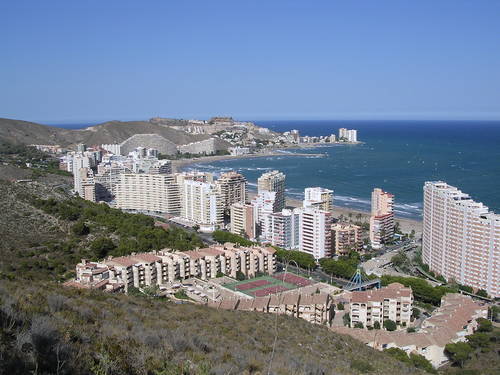CIRCE case study on the impact of climate change on Cullera Bay

Cullera Bay is an important habitat for seagrass, scallops, clams and commercial off-shore fish, as well as an important recreational area. It is however, a classic example of a multi-source polluted coastal environment, particularly from agricultural run-off and wastewater from the Júcar River. These existing environmental pressures increase the vulnerability of the bay to the impacts of climate change.
The main issues addressed by this case study are water quality and coastal erosion. Warmer water temperatures would enhance the eurtrophication process and further degrade water quality, while sea-level rise could affect river discharge and salinisation, and increase rates of coastal erosion. The impact of these issues on the coastal economy will also be examined.
The Universitat Politecnica de Catalunya was the CIRCE partner leading on this case study.
(0) Comments
There is no content